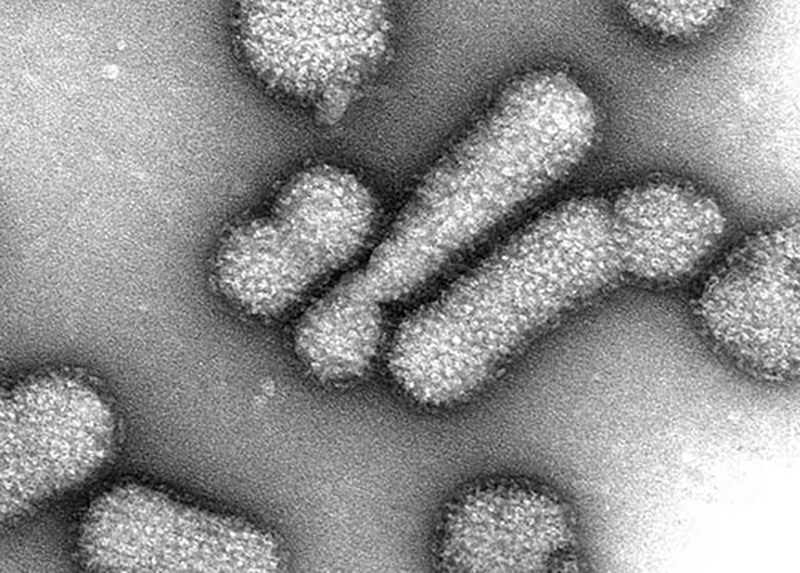A sample from a Chilean man infected with bird flu contains genetic mutations that could make it easier for the virus to spread among mammals. However, so far, the risk to human populations is low, officials from the Centers for Disease Control and Prevention (CDC) told The New York Times on April 14.
The H5N1 virus sample taken from the man featured two mutations in the PB2 gene that have been shown to help the virus better replicate in mammals. Mammals are being affected in the region where the man was infected. Along with penguins, large numbers of sea lions have been dying from bird flu around Viña del Mar, Chile, according to The New York Times. And mammal-to-mammal infections were witnessed at a mink farm in Spain that was wiped out by the virus last year.
Mutations in the PB2 gene of the H5N1 virus in mammals have been studied for at least a decade, and there have also been studies of these mutations in humans infected with the H5N1 virus. But before the bird flu virus evolves to the point where it can be transmitted from human to human—threatening to cause a pandemic—several more mutations would have to take place, scientists have said.
While the PB2 mutation seen in the Chilean man is still concerning.
“Those genetic changes have been seen previously with past H5N1 infections, and have not resulted in spread between people,” Vivien Dugan, acting director of the Influenza Division at the CDC’s National Center for Immunization and Respiratory Diseases, told The New York Times. “Nevertheless, it’s important to continue to look carefully at every instance of human infection, as well as other mammalian spillover events, and to track viral evolution in birds.”
The Chilean patient, who remained hospitalized, apparently caught bird flu from deceased birds or sea mammals near his home, and the virus mutation most likely occurred in the patient after he was infected, The Times reported.
This was the eleventh reported case of H5N1 in a human since January 2022, around the time that cases among birds began expanding at an alarming rate, according to the CDC. The one case that has occurred in the United States involved a man in Colorado who was culling birds infected with H5N1, as we’ve reported.
One Health threats and biotech solutions
While human-to-human spread of bird flu has been avoided thus far, researchers are studying the possibility of the virus mutating to the point where it puts people at risk.
Other zoonotic diseases have jumped from animals to humans, such as COVID and HIV/AIDS, and have proven devastating. This is one reason for a heightened focus on One Health, a scientific approach that addresses the health of humans, animals, and the environment holistically. Several U.N. organizations recently banded together to coordinate a global approach to One Health.
Biotech is helping to address these challenges, using gene editing for example, to develop birds resistant to avian flu. A Biotechnology Innovation Organization (BIO) issue brief explains some of the ways biotech can help keep animals healthier.
Biotech also helps address the environmental health point of the One Health triangle. This is vital, as climate change has been shown to aggravate “over half of known human pathogenic diseases.” Potential climate solutions are outlined in BIO’s Biotech Solutions for Climate Report.
These innovations require lengthy regulatory approval that can delay release. As BIO’s issue brief states, a revised regulatory approval pathway is necessary. “BIO is calling on the White House to provide leadership to FDA and USDA in establishing an improved, coordinated framework for oversight of animal biotechnology that is efficient, transparent, predictable, and risk proportionate.”




